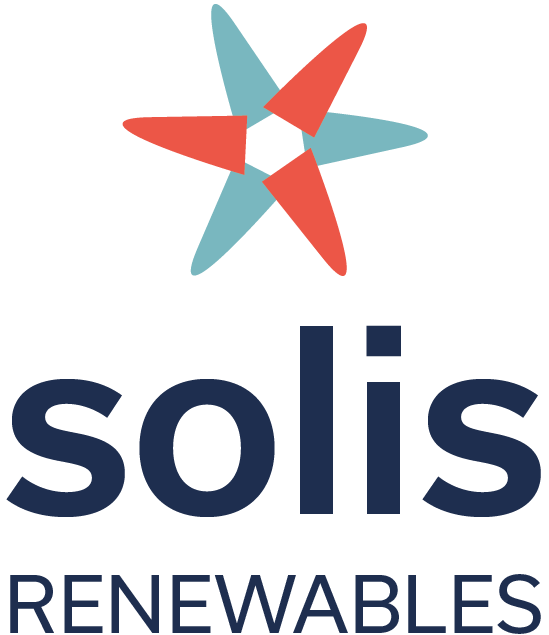Balancing Supply and Demand: The Magic of Demand Response Programs
In the dynamic landscape of the electricity sector, demand response programs have emerged as a key strategy for managing the balance of supply and demand. By adjusting electricity consumption in response to changes in price signals or grid conditions, demand response plays a crucial role in maintaining grid stability and reliability.
In this blog post, we will delve into the concept of demand response, explore its various techniques and benefits, and shed light on how it works using relatable analogies. Additionally, we will discuss the pros and cons of demand response, highlighting its potential to optimize the grid and save costs.
Demand Response: A Brief Overview
Demand response programs incentivize consumers to modify their electricity usage during periods of high demand or supply constraints. By shifting or reducing their consumption, consumers alleviate strain on the electricity grid, preventing potential blackouts and the need for expensive backup generation. Key considerations for demand response include its benefits, techniques, program types, technology integration, and the role of aggregators.
Demand Response Benefits and Techniques
Demand response offers numerous benefits. It helps balance supply and demand, optimizes grid efficiency, reduces overall electricity consumption, and enhances grid reliability. Techniques employed in demand response programs include time-based pricing, direct load control, and behavioral programs. Time-based pricing allows consumers to pay different rates based on the time of day when their usage occurs. Direct load control enables utilities to manage specific appliances or equipment. Behavioral programs encourage customers to voluntarily reduce usage during peak demand events.
Types of Demand Response Programs
Demand response programs can be generally categorized into three main types: Emergency Programs, Capacity Programs, and Economic Programs.
Emergency programs are activated during grid emergencies to curtail electricity usage immediately, thereby preventing blackouts. Capacity programs aim to reduce electricity consumption during anticipated periods of high demand or supply constraints. Economic programs encourage consumers to adjust their usage based on price signals or incentives, supporting grid reliability.
Technology and Automation
Demand response is facilitated by advanced technologies such as smart grid infrastructure, smart meters, and Internet of Things (IoT) devices. These enable real-time monitoring, automated load control, and communication between consumers and grid operators. With the help of technology, demand response programs become more efficient and responsive, improving overall grid management.
Aggregators: The Coordinators
Aggregators act as intermediaries between consumers and utilities, coordinating and aggregating demand response resources. They work with consumers, businesses, or other entities to pool together electricity load potential. By analyzing data and offering a coordinated response, aggregators enhance the effectiveness of demand response and its impact on grid stability.
Explaining Demand Response
To better understand how demand response works, let's consider a couple of analogies. Imagine the electricity grid as a busy road network during rush hour. Just as traffic congestion occurs when there are too many cars on the road, the electricity grid can experience congestion during peak hours. Similar to drivers taking alternate routes to alleviate traffic, demand response encourages consumers to adjust their electricity usage patterns during peak periods, reducing strain on the grid.
Let’s use water usage as another analogy to explain demand response. In some areas, there are peak times when water demand is high, such as early morning when everyone is taking showers. Imagine you receive a message asking you to reduce your water usage during that peak period. In response, you might delay your shower or use water-saving techniques to reduce your consumption. Demand response works similarly but with electricity. Instead of water, it's about adjusting your electricity usage during times of high demand. By voluntarily reducing or shifting electricity consumption during those peak periods, you help ensure there's enough electricity for everyone and prevent strain on the grid, just like conserving water helps ensure a reliable water supply for everyone.
Closing
Demand response is a valuable strategy used in the electricity sector to balance supply and demand. By modifying electricity consumption, consumers contribute to grid stability and prevent blackouts. Demand response programs offer various benefits, including grid reliability, cost savings, energy efficiency, and integration of renewable energy sources. However, challenges related to behavioral change, limited applicability, and effective communication should be addressed for successful implementation. With the advancement of technology and the involvement of aggregators, demand response continues to evolve as a key component of a balanced and reliable electricity system.
